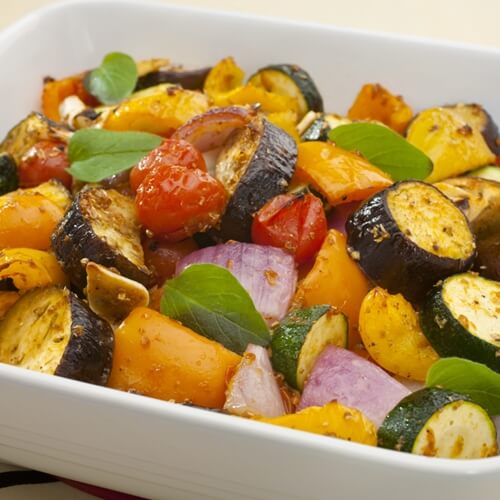How To Make The Most Of Your CSA

Summer means one thing to people who enjoy organic produce: an overflowing beautiful bounty of veggies and fruits from your community sponsored agriculture (CSA) organization. CSAs have really caught steam across the U.S. as more home cooks and culinary school programs have put a focus on the farm-to-table movement and sustainable farming.
What is a CSA?
A CSA allows individuals to buy into a share of a farmer’s produce once vegetables and fruits begin to harvest (usually early summer). People usually get a box of vegetables and fruits every week based on what is in season, and the entire concept revolves around giving money straight to the farmer and eating based on rhythms found in nature. Sounds great, right?
There’s just one pain point with CSAs worth mentioning: You don’t have much of a choice as to what winds up in your box week after week. And, because these veggies are local, you won’t have an opportunity to cook with a lot of exotic stuff found in mainstream grocery stores (sorry New Englanders, those avocados just aren’t going to happen).
However, there are some clever ways to get the most out of your share on a weekly basis. Here are a few tips to get started:
Meet the farmer: If you really want to get a heads up on what kinds of veggies you should be expecting in your CSA, you might as well go straight to the source. Not only will this help you plan out meals more effectively, but it can also allow you to meet the person who has been growing your food. With massive mega markets and chain grocery stores, people tend to feel disconnected from where their food comes from, and this is a great way to remedy that!
Do your homework: When you’re meeting with the farmer, ask him or her what kinds of veggies you can eat raw, which are cooking greens and which veggies or fruits can be frozen or canned. No one likes food to become spoiled – and this is especially the case when you know that farm workers have put the extra effort into a CSA to deliver an excellent product to you week after week.
Plan out your meals: We know this isn’t the most exciting thing to do for culinary academy students, but it’s a surefire way to make sure all of those beautiful veggies in your box get eaten. You might want to start by cooking recipes with spinach, kale and fresh herbs earlier in the week, as these items are typically the first to spoil. Carrots, onions and other root vegetables can be cooked later in the week.
Get experimental: Did you know that you can fry or broil lettuce? Believe it or not, you can also put carrots and beets on your pizza. Look up some recipes that use your ingredients in creative ways – after all, as a budding chef, you should always try to push the limits of your craft.


